On 6th July 2006
all roads led to Nathula in East Sikkim, located at a commanding height of 14,469
ft. Nowhere in World one covers 9000 ft. by a vehicle in 2.5 hours criss-crossing
a ravishing Alpine scenario.
2. On this red letter day,
border trade with China was going to be resumed after a gap of 44 years. This
is only the third mountain pass of this nature opening into China. Other two
being, Shipkila in Himachal Pradesh and Lipulekh in Uttarakhand.
3. For the world in
general and India in particular, the occasion was significant from strictly
commercial parameters. For the people of Sikkim, especially those of Tibetan
origin and very few survivors of the erstwhile trading communities having
acquaintances across the border, it meant restoration of old ethnic ties, if
not regular people to people contact.
4. Tremendous ground work
had to be undertaken at the official levels in both the countries. Positive and
negative lists were debated at length. These involved hectic diplomatic
parleys, consultations with the representatives of trade and industries on the
one hand and the border protection forces and Army, on the other. An MOU for
the purpose was signed earlier between the two countries at Beijing. But turning
the event into actual reality took quite some time.
5. Though India was very
eager to move one or two steps forward, China too would pretend to take some
semblance of the confidence building measures. According to the veteran China
watchers and followers, she could not be trusted keeping in view the circumstances
leading to 1962 war and the acute embarrassment caused to the then Foreign
Minister Sri A.B. Vajpayee in 1978 when its troops attacked Vietnam without any provocation in
the midst of his state visit. Less said is better about the regular incursions
by the Chinese Army through Arunachal, H.P. and J & K borders.
6. In the wake of
publicized improvement and upgradation of road and related infrastructure along
the trade route on the China side, a high level Study Group was sent by New Delhi to
Nathula through Beijing, Lhasa and Renqinggang to make an assessment and take
stock of the prevailing situation. Its entry into India through Nathula a few months ahead of the D.Day was eagerly awaited apart from being widely reported.
It also led to tremendous interest and speculation in the International media.
If one recalls correctly, there was no official comment whatsoever from the
USA.
7. In order to see and
feel the historic event from close angles, Babs began his journey cautiously from
Gangtok, to be precise at 3.30 AM. There were too many stops and barriers on
the way as the traffic bereft of tourists and visitors was pretty heavy. Unlike
on regular days, there were no takers for Kyongnasla sanctuary or Tsomgo Lake.
No photo opportunities were, therefore, being availed of at truly scenic
locations all along.
8. The security was
tightest at Sherathang (13,300 ft.), wherein 10 Army barracks had been
temporarily converted into a Trading Mart to facilitate the Chinese traders.
Thick, high fence at a rapid pace had come up together with widening of roads
and strengthening of breast walls, culverts and causeways. Both valley and hill
sides, right upto Nathula looked different. The Manju Lake with its clean water
was decked up for the occasion, while the Sherathang Lake had hardly anything
worthwhile to offer owing to less discharge of water.
9. The last 4 Kilometers having traces of melting snow had become bumpy and slushy. While taking a slow climb in a sturdy green Bolero, Babs did not miss the panoramic views of twin semi-frozen lakes on the right as also the Kupup lake, 5 to 6 kms. away. He could too have a ‘Darshan’ of Baba Harbhajan from a distance. Day was crystal clear. Sky was azure blue. A good setting indeed for taking snaps after falling in love with nature.
10. From the make shift
parking lot to the highest conference hall in the world, climb was longer than
expected. Due to breathing problem, short, careful steps were to be taken.
Those on duty, however, were advised to take a detour to another new spot created or mutually agreed upon between
the two countries. The view of China was as usual awesome and breathtaking.
Their short statured soldiers in green uniform were more courteous than the
normal days. For a change, they were not asking for cigarettes or Rs. 100/-
currency notes. The usual ‘plucking’ of Indian infants by them as a matter of
friendly gesture, was also not to be seen.
11. The widened portion of
road with freshly cemented breast and retention walls right inside the Chinese
territory truly impressed. The colorful prayer flags on both sides looked like
jewels in the crown. The tall Jawans of ITBP in their colorful headgear and
impressive turnout simply outclassed their Chinese counterparts. The Indian
troops, as such, had every reason to be happy, having defeated the Chinese in a
volleyball match recently at Nathula.
12. Colorful tents had
been erected on both sides to seat a selected batch of traders, officials,
politicians, Panchayat members and the mediamen. The correspondents of Reuter,
A.P., A.F.P, B.B.C, Star T.V., NDTV, Aaj Tak, Zee, D.D. and major Indian
newspapers, all thronged the place. Babs together with his assistants was often
pushed into the Chinese territory by the ruckus perpetrated by the media, much
ahead of the appointed time of 10 AM.
13. Giggling, fair skinned
and charming Chinese teenagers were looking very colorful in their woven attire
and indigenous crafts. In red colored long ‘Khadas’,
beautifully arranged on large trays, one could see a tinge of their cultural
heritage and vibrant customs. A smart woman Interpreter was adding the midas
touch by her timely commentaries. They were widely and regularly photographed
till official reopening materialized.
14. Sri Pawan Chamling,
the C.M. of Sikkim and the Governor of Tibetan Autonomous Region (TAR) did the
honours from their respective sides by cutting the ribbons. It was cheered and
hailed by the present thousand odd spectators, who for a moment, forgot or
ignored the chilly weather. As such,
exchange of pleasantries in an atmosphere of bonhomie and bright sun had
ensured sufficient warmth on the eve of historic reopening. The bands played
soothing melodies accompanied by instant claps for 5-10 minutes, cutting across
boundaries.
15. The Governor of TAR
was politely led by the C.M., Sikkim into the Sikkim side of India first. He
was offered a long white colored ‘Khada’, Temi tea and mouth watering ethnic
snacks. Years of bitterness and distances seem to have disappeared. Upon
spending a good half an hour, he reciprocated by holding the hands of the C.M.
and took him swiftly into the Chinese side. A group of 30 to 40 persons from
the bureaucracy, Panchayat, press and Army accompanied. Scene was same, so was
the color of soil. Sky and cloud patterns were no different, nor were the make
of barracks. Yet it was a different country. For Babs, it was an unusual
feeling and experience to get physical access to this part.
16. The wounds of 1962 war
were temporarily forgotten. The bonhomie created by the cheering crowd, an
official band of the Chinese Army in green uniform and local band men in
traditional orange attire, were all pervasive. The Chinese and the Tibetans
were friendly, smiling and forthcoming. Babs noticed a newly made check post ahead,
presumably for the Indian traders and a few bunkers on the differing heights.
The Chinese troops did not prevent him from taking memorable photos.
17. The Chinese Ambassador
to India was taking immense pride in explaining things to a select Indian
gathering, allowed knowingly to ‘violate’ normal diplomatic restrictions.
Official procedure was set aside for a while to ensure people to people contact
of a different kind, even though it was destined to last less than an hour.
18. When Sun moved further
up, clouds began hovering in this high wind region. Babs could not see any
human habitation or the wide winding roads leading to the trade mart of
Renqinggang (10 kms.). Nor the rugged mountain peaks and deep river valleys were
visible. Nonetheless, he had brief and good memories of the historic Yatung in Chumbi
valley to carry.
19. While the retreat for
a few Indians without passport and visa became imminent, the building up of
enthusiasm on the part of 50 odd Indian traders led by Sri Motilal Lakhotia
(who still had a bank account in China) of Tashi Delek was simply
unexplainable. Only they could feel and measure it. After all, they were
waiting for this momentous occasion for years (during June-September,29 items from India & 15 from China were to be traded). Standing on a red carpet at the
I.B.,they were determined to herald a new chapter of hope for the
betterment of relations between the two countries.
20. Babs, having known
some of them personally, shook hands and wished them all the best. Back to the
Indian side, the warm tea and Sikkimese snacks in the Army mess no longer
interested him. While descending the heights on way to his abode in Gangtok, he
had one of the greatest job satisfactions for having contributed his bit for
this remarkable day. He was no longer heading the nodal Department, supposed to
handle the border trade, but he felt and rightly so, he could still work hard
for fine tuning tourism promotion prospects of this unusually enchanting
region. Lhasa was only 545 kms. away from Nathula and the physical distance to
Mansarovar Lake was much shorter through this axis than the one through
Uttarakhand. In a nutshell, there was a lot more to ponder over and explore in regard to religious and adventure tourism. The
public servant in him was not dormant as yet. It was alive and kicking.


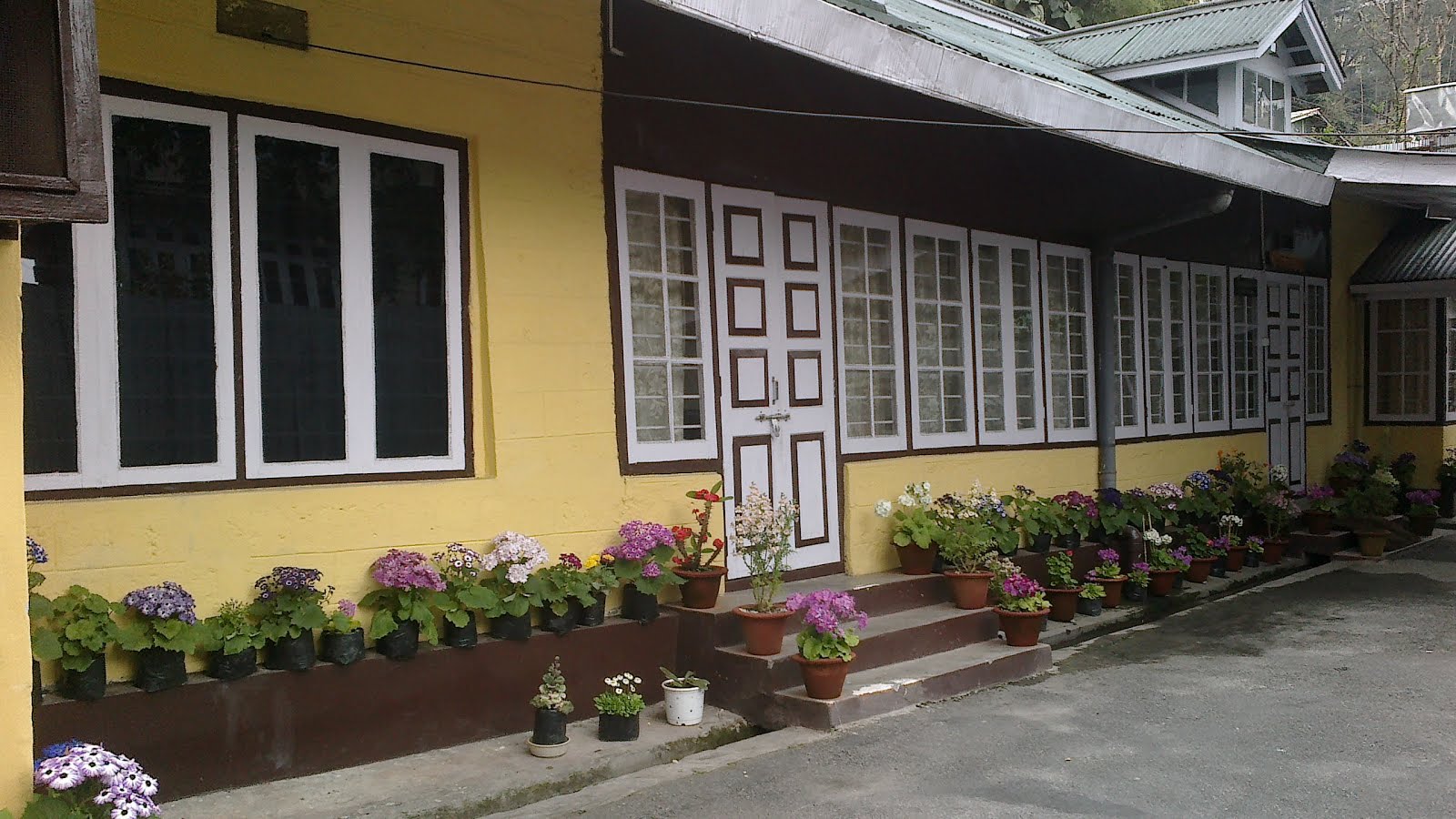







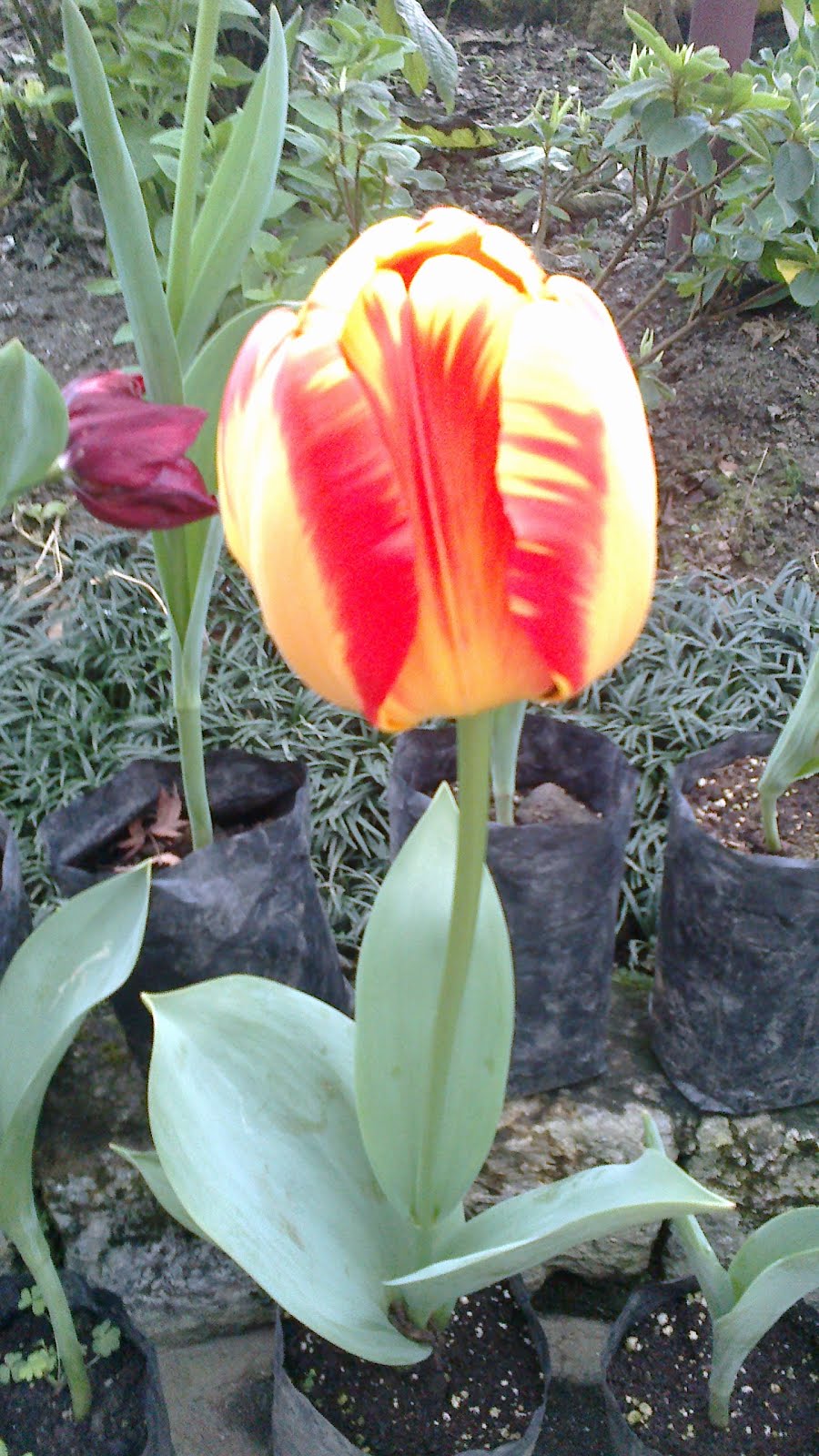
















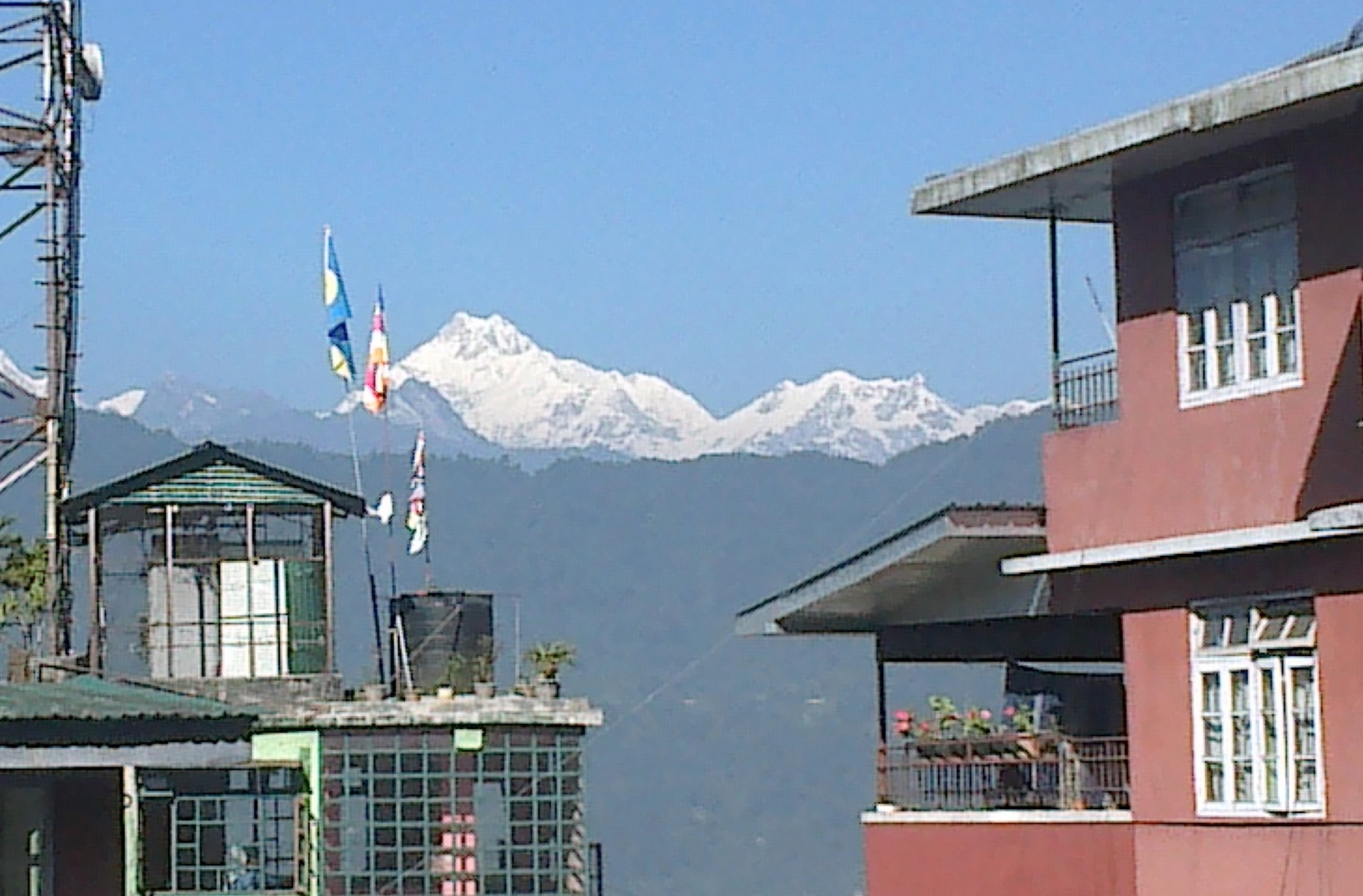






























































































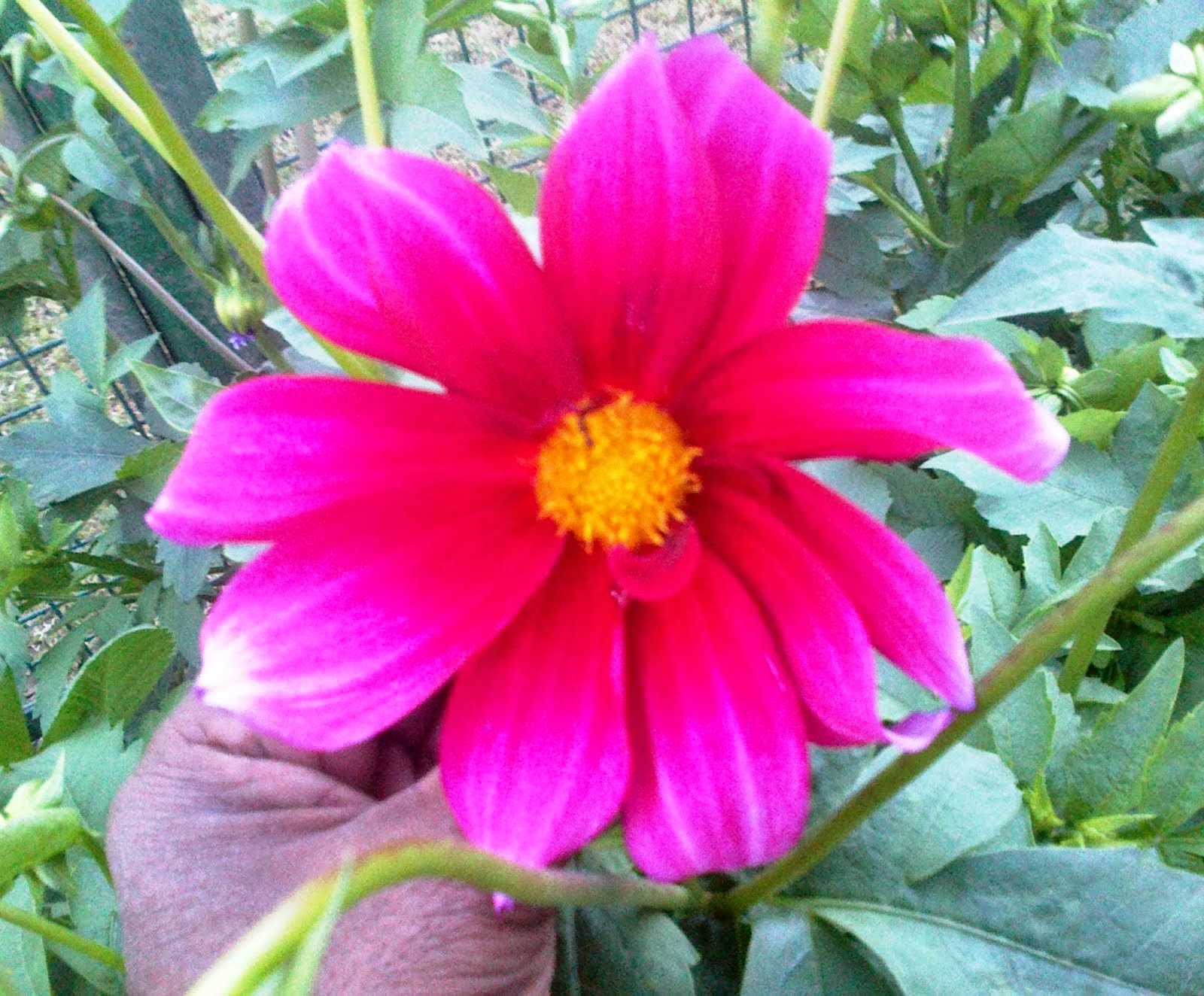



















































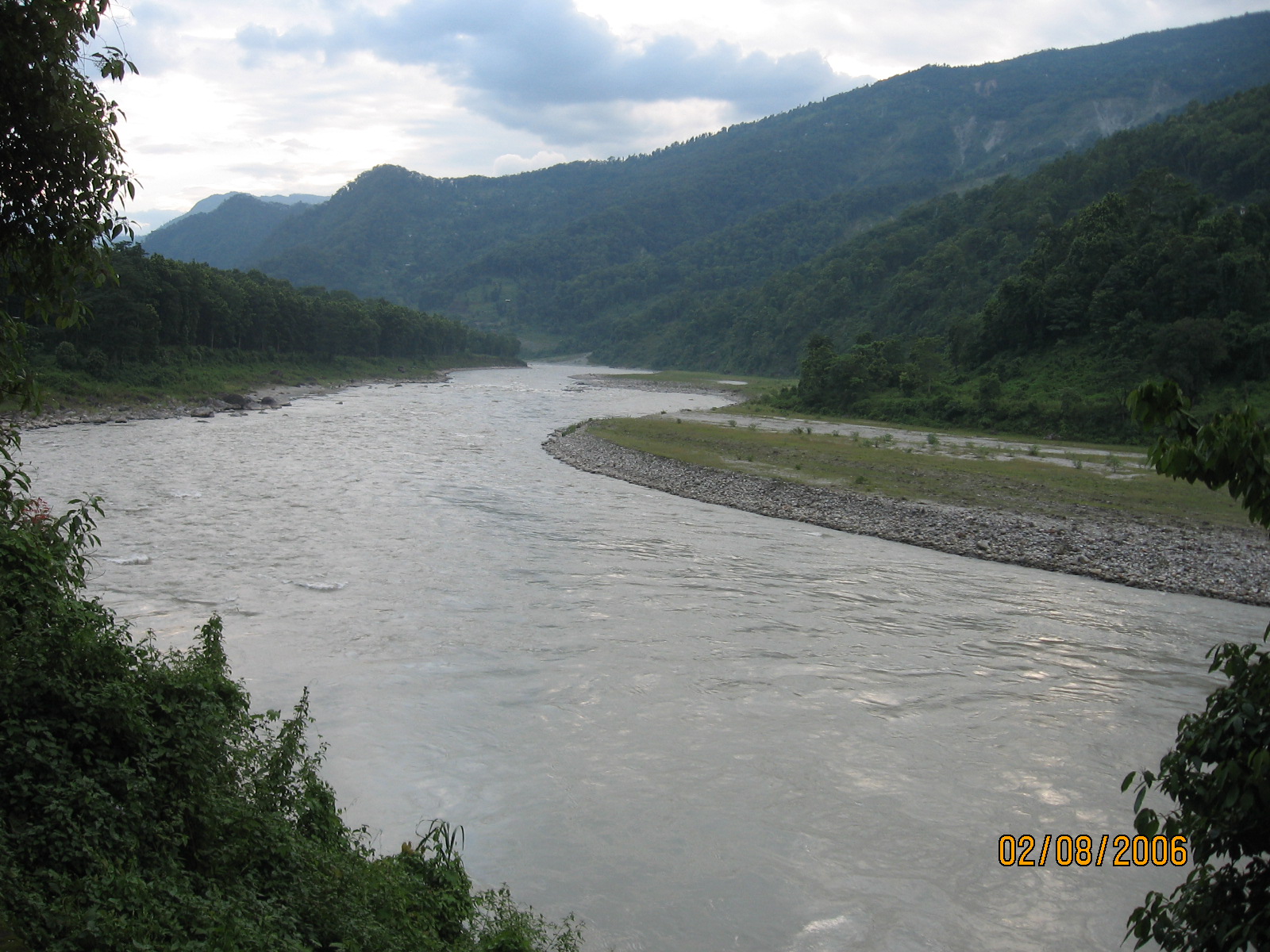

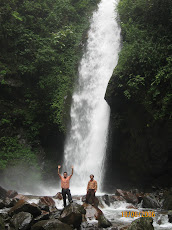
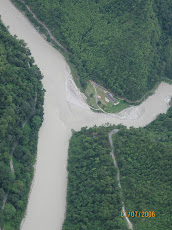
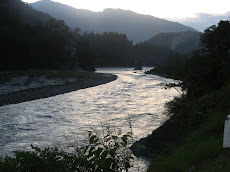
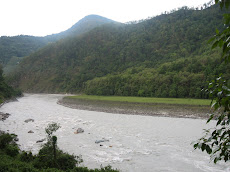
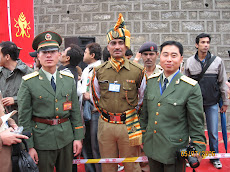
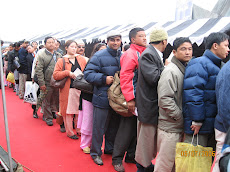
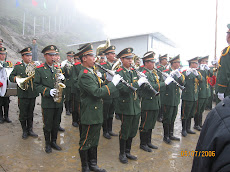


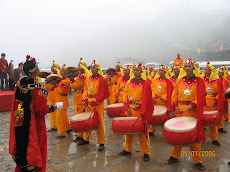
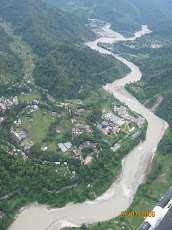




















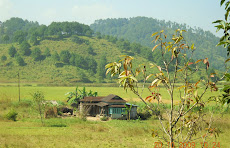
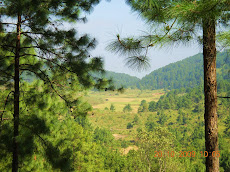








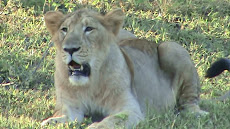.jpg)







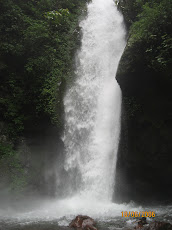
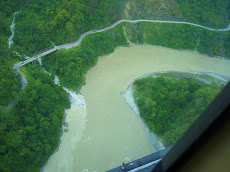


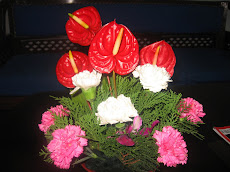





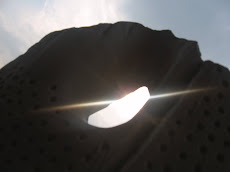
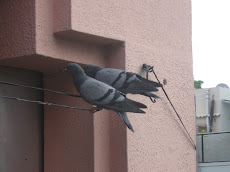
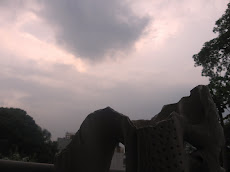
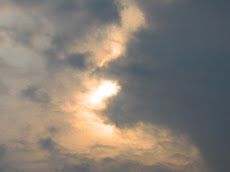
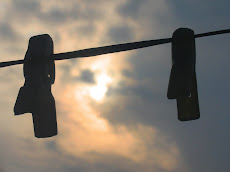
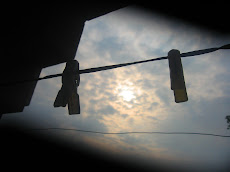

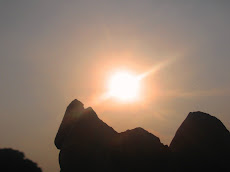
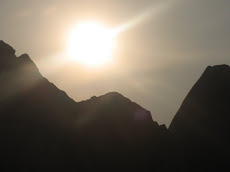
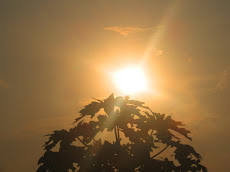


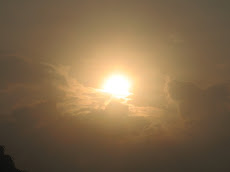

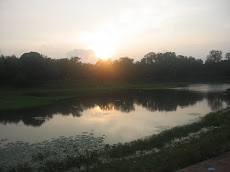
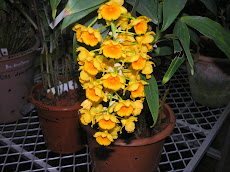
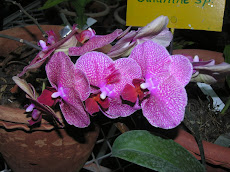

























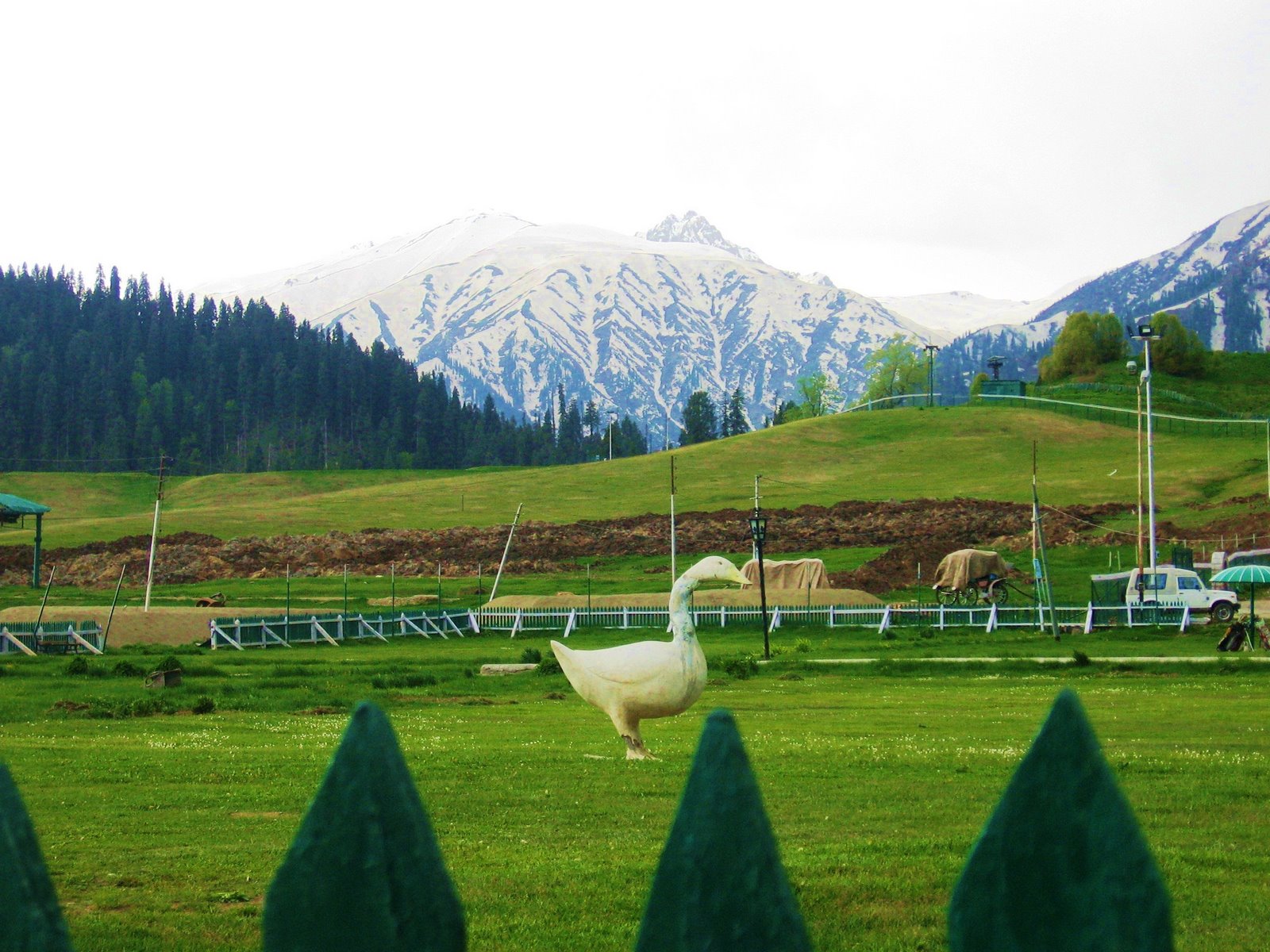
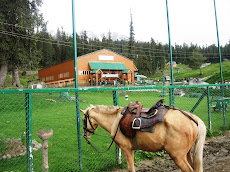
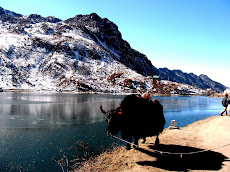






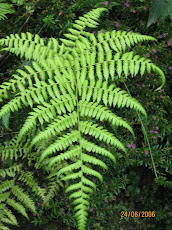

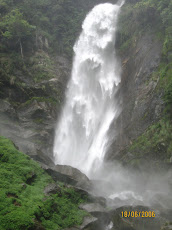



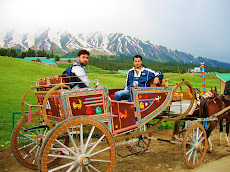






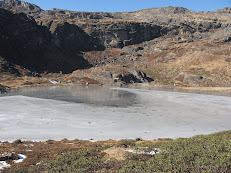

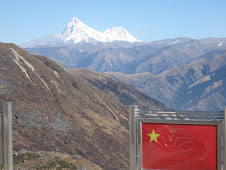



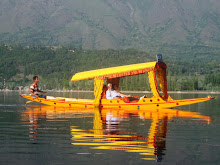
No comments:
Post a Comment